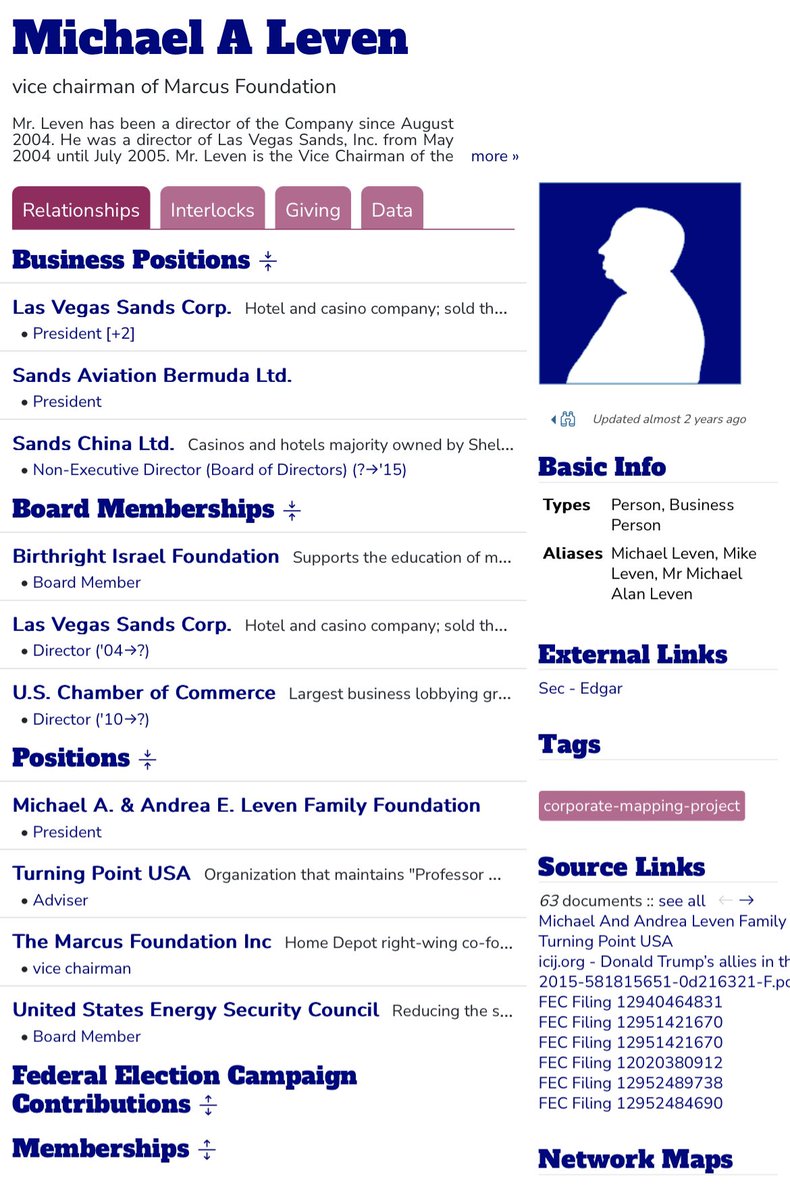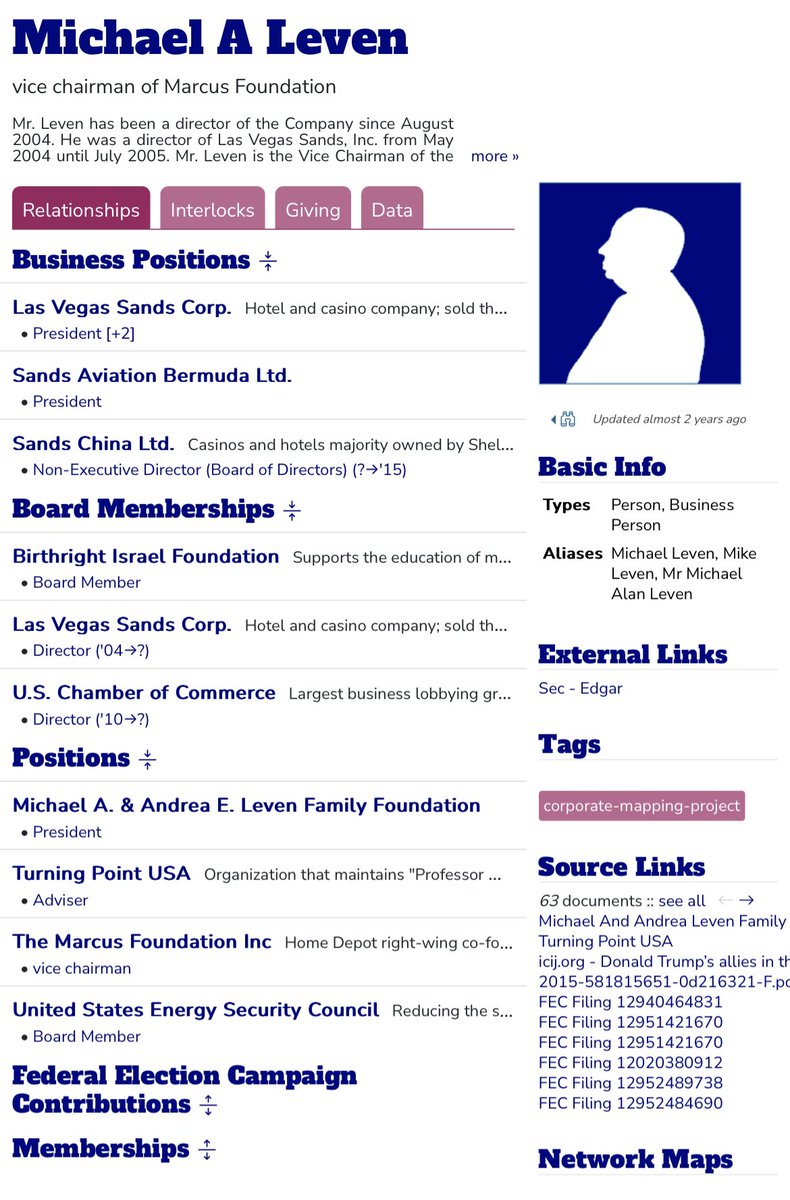
Unfiltered | Anti-censorship | Constitutional Firestarter Exposing fraud, false unity & fabricated consent. Michigan roots. No masters. Only truth.
How to get URL link on X (Twitter) App


 Las Vegas:
Las Vegas:

 People hate The Santa Clause 3. Critics call it cheesy, over-the-top, and a weak sequel. I love it. Not because of nostalgia or blindness to flaws; I love it because I’m awake while most of the world is asleep. Tim Allen didn’t just make a family movie. He used it as a mirror, reflecting what we’ve become. He held up the commercialization, ego, and hollow spectacle of Christmas for all to see. People hated it because they couldn’t look in that mirror.
People hate The Santa Clause 3. Critics call it cheesy, over-the-top, and a weak sequel. I love it. Not because of nostalgia or blindness to flaws; I love it because I’m awake while most of the world is asleep. Tim Allen didn’t just make a family movie. He used it as a mirror, reflecting what we’ve become. He held up the commercialization, ego, and hollow spectacle of Christmas for all to see. People hated it because they couldn’t look in that mirror.

 History:
History:


 The Boy as Child Osiris/Hapi:
The Boy as Child Osiris/Hapi:
 Aunt Marge Inflation Scene: Alchemical Pride and Spiritual Inflation
Aunt Marge Inflation Scene: Alchemical Pride and Spiritual Inflation
 1/ The Chamber of Secrets as the Alchemical Sepulcher of Occult Initiation
1/ The Chamber of Secrets as the Alchemical Sepulcher of Occult Initiation






 1. The Moonchild Concept: Crowley’s Occult Blueprint
1. The Moonchild Concept: Crowley’s Occult Blueprint

 You thought Fraggle Rock was just a puppet show.
You thought Fraggle Rock was just a puppet show.

 Babylon never died.
Babylon never died.
 Babylon Is Not a City: It’s a System
Babylon Is Not a City: It’s a System






 I. Introduction: The Lie at the Heart of Modern Liberty
I. Introduction: The Lie at the Heart of Modern Liberty
 I. Introduction
I. Introduction